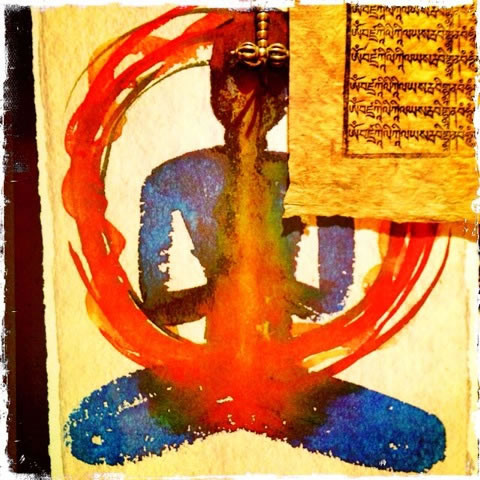
BRAND SENSATIONALISM: HOLISTIC BRANDING
AND SPHERICAL EXPERIENCE STRATEGY
As in many studies of business, the notion of samurai strategy is most commonly evinced in “The Book of Five Rings,” written by warrior artist Miyamoto Musashi (宮本 武蔵, c. 1584 – June 13, 1645) in the middle of the 17th century. I had a chance to connect with translator William Scott Wilson in Seattle, to discuss his translation. We talked about his impressions—what’s it mean?
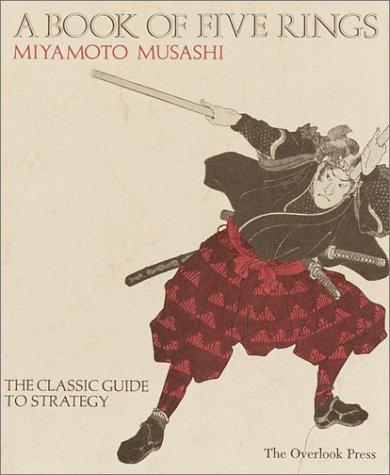
Musashi’s principles revolve around a knowledge of craft—the rightness of one’s work, and how one does that work, staying—as it were—centered in the profession: swordsman, craftsman, carpenter or potter.
Care. Attention. Focus.
It is also about seeing the bigger picture, looking for elegance and refinement—no overplay; it’s about creating brevity of articulation—whether sword fighting or calligraphy.
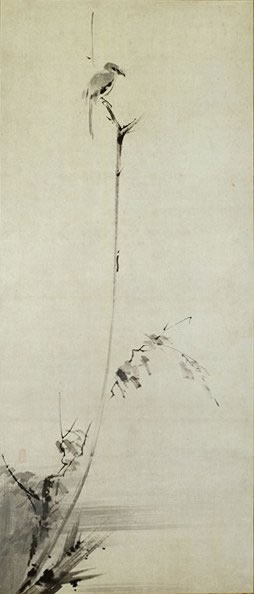
Shrike on a Dead Branch, by Miyamoto Musashi
To my reading, this notion of staying in the center of the work, the heart of the craft is, at the first breath, what we are all about—brand strategists, designers, marketing leaders and business executives.
I refrain Musashi:
“Sweet and to the point.”
“Look to the larger scheme, when doing tiny things.”
“Move—and strike—elegantly.”
“One sword—each hand: go well-armed.”
“An elegantly leaner sword is far better than a large blade.”
In our work, it’s applicable—I’ll leave to you to imagine the alignments.
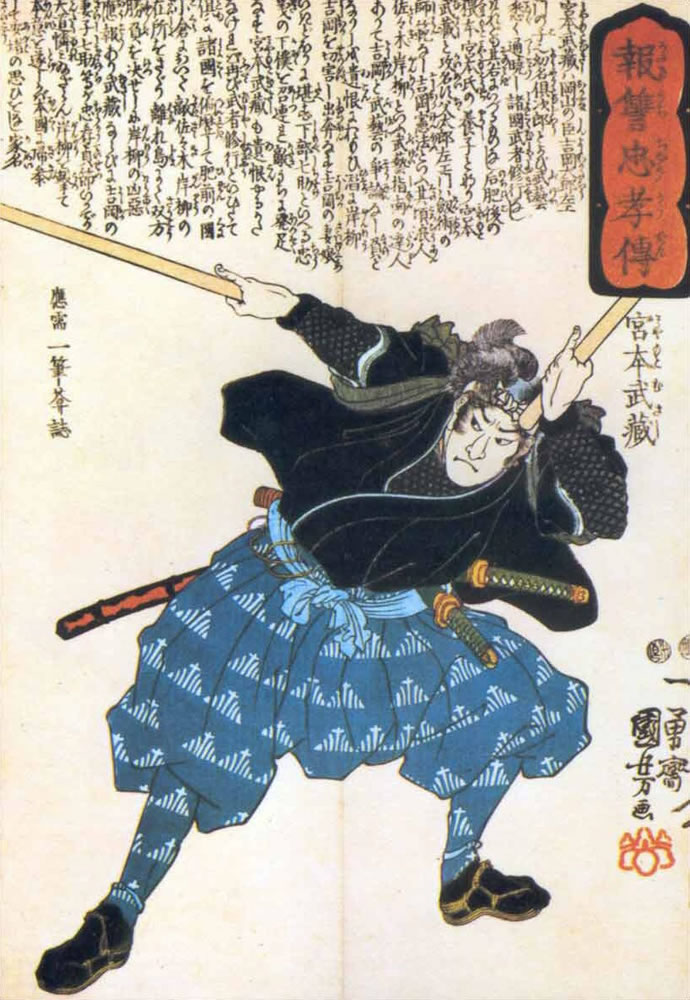
Miyamoto Musashi in his prime, wielding two bokken. Woodblock print by Utagawa Kuniyoshi.
In NYC, I was talking to an Aikido master about sensation—and the sphere of awareness. It might be suggested that Aikido—a “way of ki,” is more about finding the divinity of an opponent, and perhaps in that journey, finding the true nature and spirit of Oneself. But too, it is about knowing, truly, your boundaries or the ring of consciousness and sensation that whirls around you—and how to be quiet in the center of it.
So that comes to what we call TransparentDesign®—thinking spherically about the nature of brands—how they are designed. Would that be as flat stories? Or better they are designed as spherical, holistically enwrapped experiences?
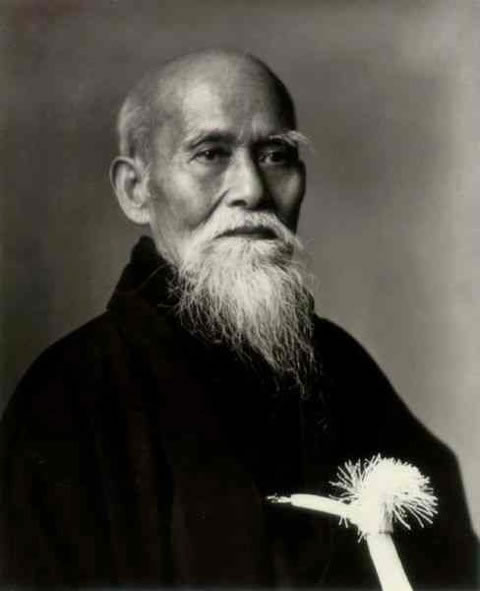
Without a presumptive dissertation on the path of Osensei Morihei Ueshiba, above, the founder of the Aikido movement, my conversations with a NYC aikido training master were about
degrees of awareness and sensation.
In the samurai tradition, the notation of a “controlled place or ring about the swordsman” implies a meditated consciousness about proximity, a defined and precisely controlled focus on the sensational ring, the sphere around a combatant’s protective zone, in this sense of psychic and physical being.
To aikido principles, the idea of breathing in your reality and knowing your place and the energy that is whirling around you is part of that positioning – to Ueshiba-sensei’s notation, “energy works in a spiral, like the whirring of a yin and yang cycling of harmonious opposites energy spins and whorls — and, as that force comes ‘to you’ — in the aikido manner — there is a casting-through, or by, that incursion. Force comes at you, and you let it go: by.”
The
flow
goes.
I was talking to a master squash player
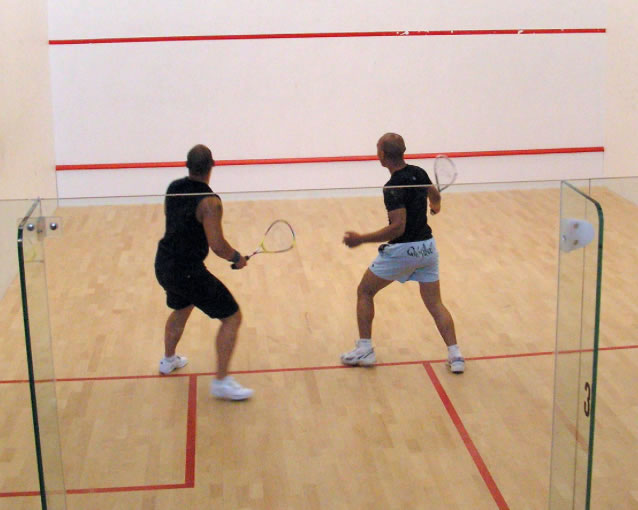
about the game. and he was telling me about watching through the ball, the idea of a rippling, almost vibrational showing of the small squash ball, as it hurtles through time and place to create a sense of how you perceive the ball in time as it travels towards you, your racquet, in resounding in rebounding the return.
To each of these, I look for:
alignments, metaphor and poetic engagement.
To the nature of forcefulness and play-through, could there be “It means this for this sport, what other applications are there?”
B R A N D S P H E R E S
For the work on brand in place, we contemplate people—guests, community members, an audience, clients, event participants — moving in a spherical containment through space and time. To each, their own sensing of the layering of these encounters. The sphere is the person’s degree of their perception—and the grasp of the quale.
We’ve talked about qualia, and the quale,as a response or non-response to stimulus—but key to experience design is an acknowledgement of the layering of sensations—how:
• they are designed,
• what they are for and
• what their impact might be in
• the holism of the spherical [holistic] impressions of the experiencer.
We’d define that as *experientiality.
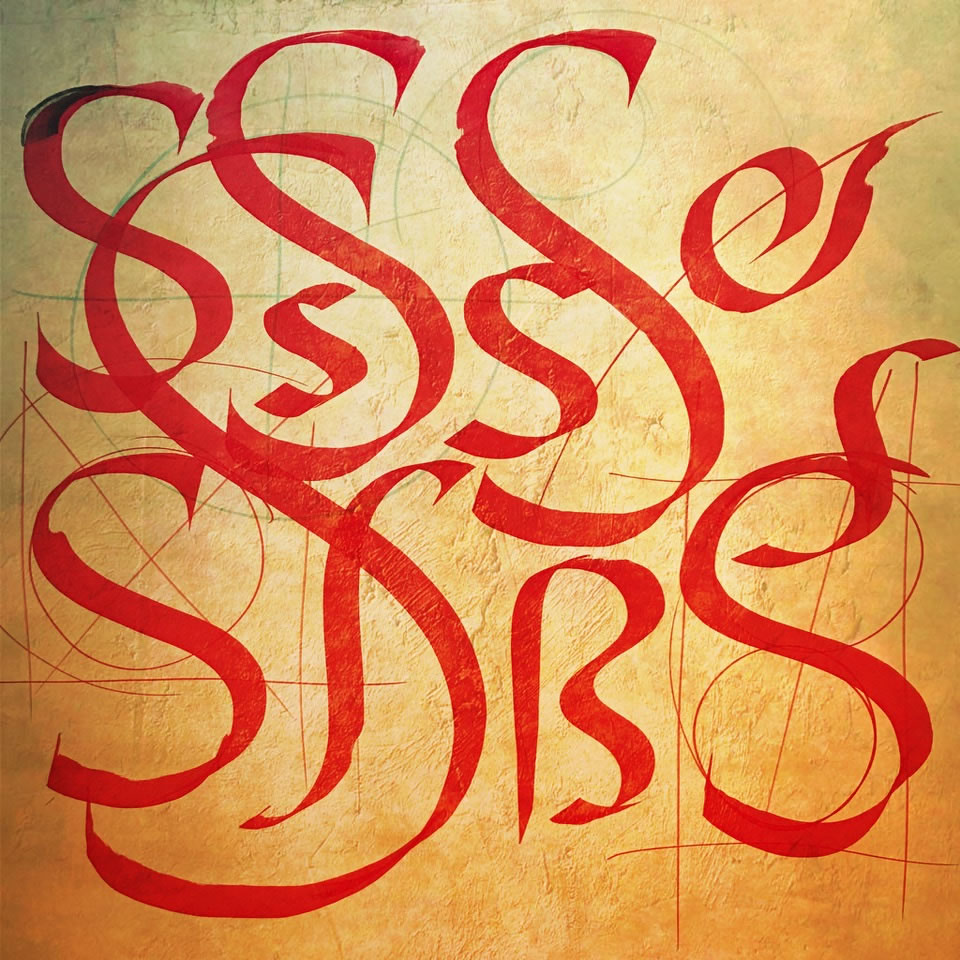
When I draw and paint that sensation of energy and perception of experience,
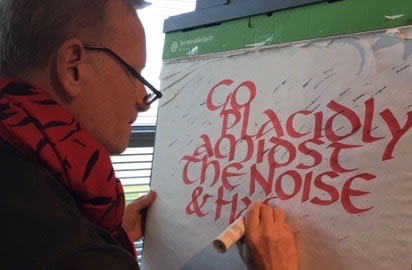
I think about it in these holistic energy field terms—the touching, the scenting, the tasting, the hearing, the seeing, and the balance of them—as well as the intuition that either drives their relevance in context or the fact they there are ignored and not paid attention to.
While the notion of samurai-ringed martial strategy in fight-ready awareness, or the principled ki | ch’i knowledge of going into the flow of an assailant and letting them “pass by” might seem a far-fetched leap of imagining how this might relate to brand and holistic experience design, I’ll leave it to you to contemplate and consider what potential resonance there might be to how you think about designing experience.
YOU
FLOW
THROUGH
ME
What we do know, as a group that has questions
along this line of space/place design thinking,
that prompted this investigation to study and examine “brand spheres,”
people pay attention to far more than one might consider.
That tiny scrap of paper, the dust on the table,
the stain on the curtain, the smallest arrangement of flowers,
a patterning in the restroom, the chef’s drawings on a chalkboard, a small print in a hallway,
the notes of a fragrance in a breezeway, the sound of music in a vestibule,
the shaft of light on a painting, the glint of a letter in a signing treatment, a subtle touch of floorboards underfoot.
They add up,
integers to
the whole equation.
They
are
noticed.
It will depend on the consciousness, or unconsciousness, of the experiencer to comprehend the depth
of that re-collection—the ring around the journeyer.
The wandering ‘round
the brand sphere, wholly-formed
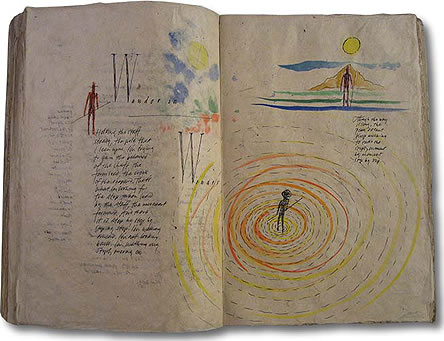
And in our work, memory is everything.
TIM | OSEANGIRVIN
…..
G I R V I N | THE TACTICS OF APPARITION
FASHION BRAND STRATEGY
CLOTHING, RETAIL + STORY: THE CARTOGRAPHY OF LOOK
http://bit.ly/szZeT0
*Think of experientiality as a state of holistic experience. Experiential is a patterned word, founded on the same premise as “inferential.”
Experientiality, while it might be presumed by some as a fabrication, is a studied condition.